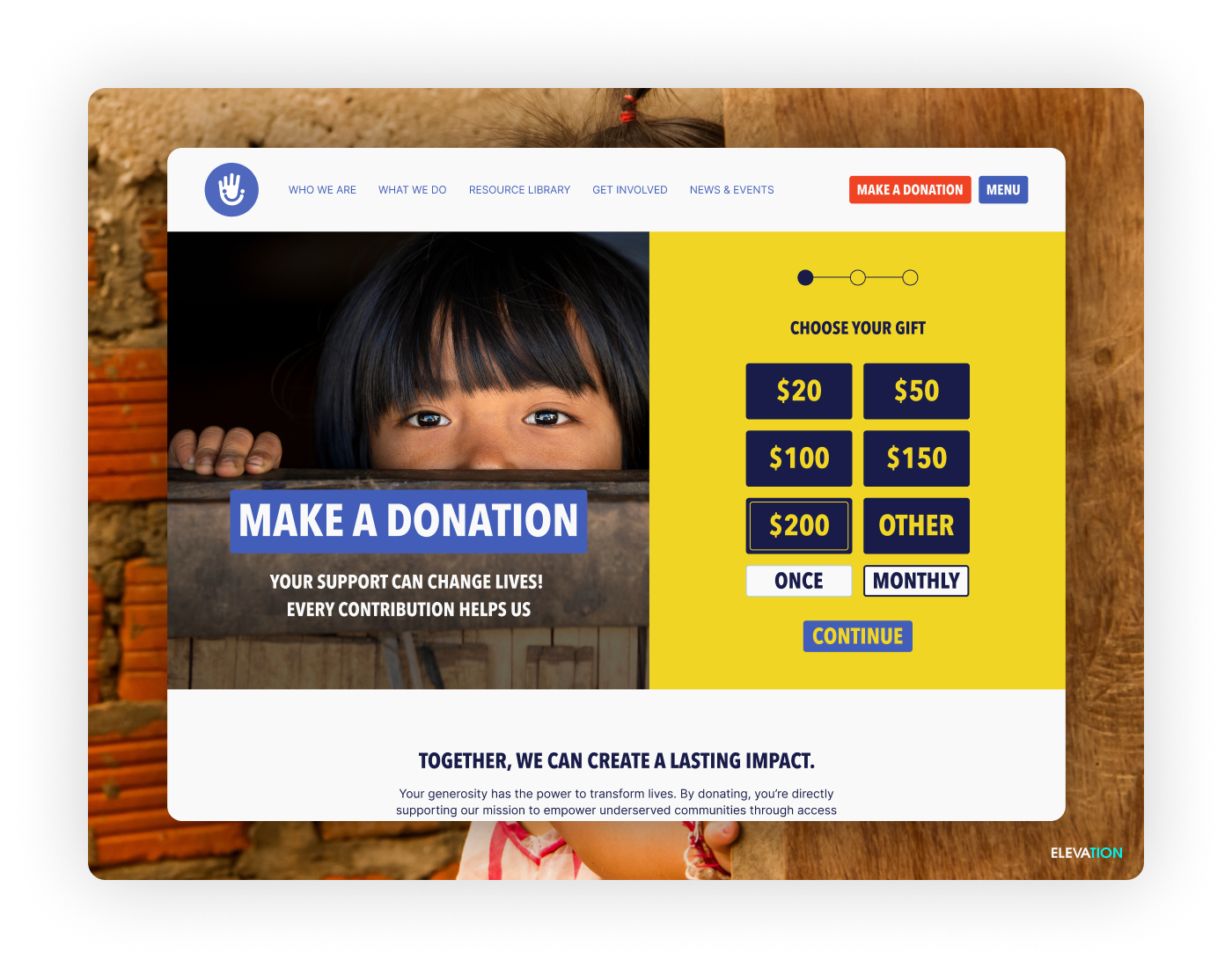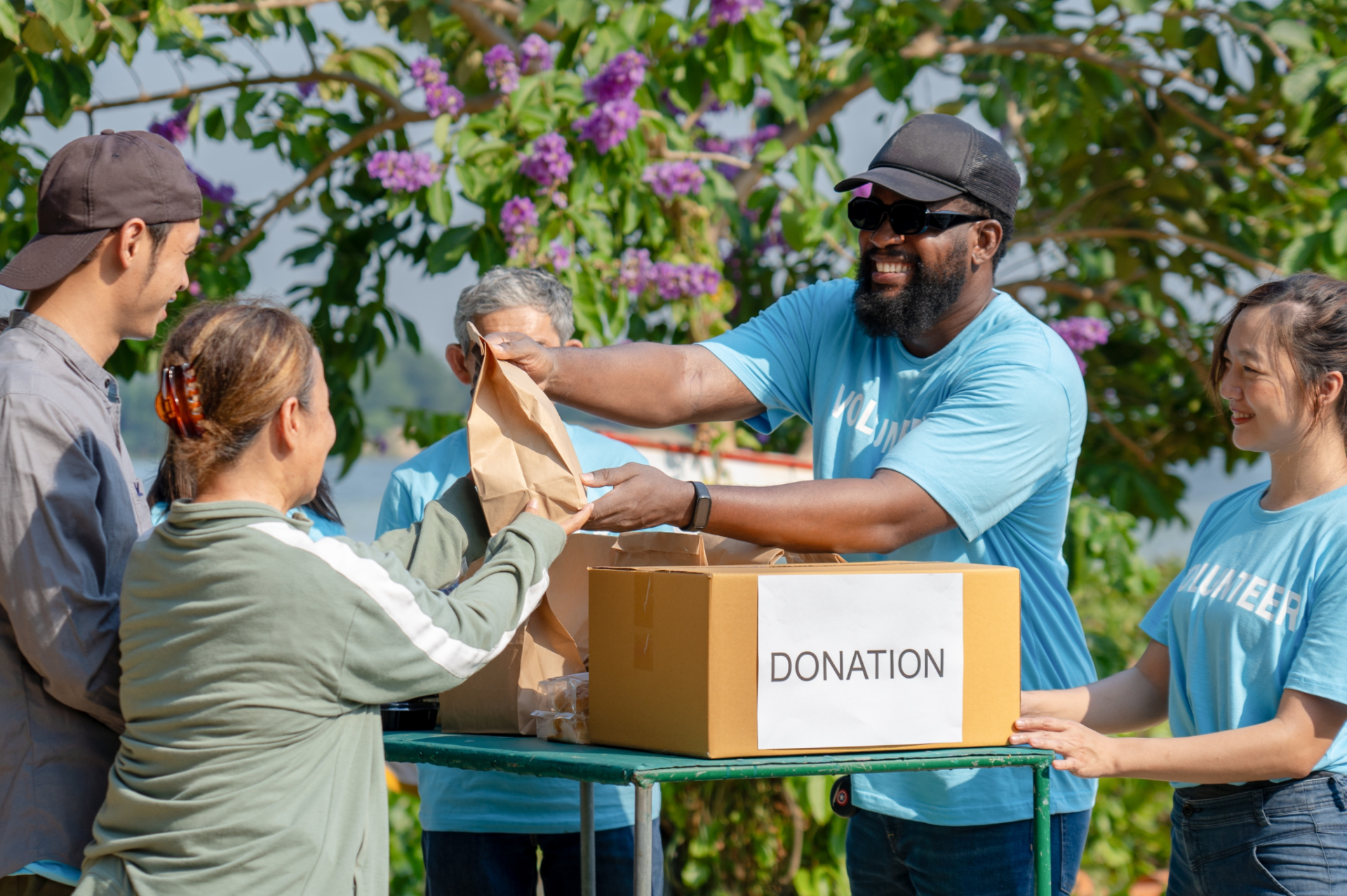Hosting an online auction for your nonprofit is a fundraising opportunity with the potential for a high return on investment. There is usually very little, if any, cost up front, and many businesses and partners are very willing to donate goods and services as auction items to support the advancement of your cause. However, an improperly planned auction will not only be a headache for you and your team but will also raise fewer funds than you need.
The sudden shift to exclusively online and remote events in 2020 required nonprofits to quickly change their strategies. However, it also provided more experience working with virtual platforms among nonprofit teams and allowed organizations to expand their potential reach. Now, we can use this to our advantage, using our experience from the pandemic years to create even better virtual auction experiences with higher ROIs.
In this guide, we’ll walk you through the steps your nonprofit should take to maximize your online nonprofit auction, whether you conduct a silent auction or a live one.
1. Set goals for the event.
The first step to a successful online auction is defining what success looks like. Sit down and set goals for what you want to accomplish through your event. A great place to start is by setting SMART goals: Goals that are specific, measurable, achievable, realistic, and time-based.
Of course, you want to raise more money, but how much money do you hope to raise? Do you want to grow your audience reach to further your message and mission? Attach measurable metrics to each goal and prioritize them accordingly.
2. Create an auction wishlist
Consider your audience and the types of items they’d like to see at your silent auction. Keep things like age, demographics, and interests in mind. These details will help you to develop a list of the most competitive items that could start bidding wars among your attendees.
For example, if you have an audience of young professionals, chances are that many of them do not have yet children, so you don’t want to seek out items like tickets to children’s museums or shows. Instead, put yourself in the shoes of a young professional, and procure auction items that will interest them—things like trips, unique experiences, or a meet-and-greet with a famous entrepreneur.
Some of these ideas for competitive items are listed in full in Handbid’s top guide for silent auction items, but here are a few highlights:
- Game, museum, or concert tickets
- Signed memorabilia
- Gift baskets
- Artwork
- Fine dining experiences
- Nice bottles of wine
3. Procure your auction items.
After you’ve developed your wishlist of auction items, get to work procuring them. Consider your connections to businesses, sponsors, and other supporters of your cause. Ask them if they’d like to help your event succeed by donating the auction items on your list.
Before you get too far into the procurement process, it’s essential to have an established gift acceptance policy. Clear guidelines will ensure you receive successful auction items and have grounds to refuse any with less potential (no matter how good their donor’s intentions are). Believe it or not, there are items out there that won’t sell in your auction, and you don’t want to be stuck with extra donations that are annoying and potentially hazardous once your auction is over.
4. Set up your online auction website.
At in-person events, you set up your auction using tables and displays. You would either use mobile bidding software or (outdated) paper bid sheets. For online auctions, your venue is your event website.
Most online auction software platforms will give you the capability to set up your charity auction site. But you need to make sure you find one that will meet your unique needs and amplify your fundraising efforts. When choosing the best platform for your event, look for features like:
- Live stream software
- Registration pages
- An auction catalog
- Outbid notifications
- Bidding increments
- Start and end times
- Process for canceling bids
- Sales tax requirements
You also need to ensure the auction site is easy to use for both your team and your supporters. For example, online fundraising strategies like mobile optimization allow supporters to join from their preferred device, and maintaining accessibility standards ensures no one is excluded from your event activities.
5. Determine rules for your auction.
Auction rules are essential to keep your auction on course and running smoothly. These rules are different from the acceptance policy we discussed earlier. Silent auction rules set up expectations for bidders during the course of the event.
Some of the rules you might set include:
Communicate all auction rules to your attendees before the auction begins and during the auction itself so that they’re clear to everyone.
6. Rehearse before the event.
Like any event, things can quickly go wrong, especially with technology. Having tech mistakes during your online auction can be a major obstacle to fundraising. That’s why you should rehearse your online event before it happens, testing out the different features and activities you have planned. For example, you might decide to:
- Donate on your own donation page
- Try to bid on an auction item
- Practice using your live stream software
In addition to finding a mobile bidding company with impeccable customer support, you should also train staff members or volunteers to be on standby for any technological issues that come up during the event. If they know the most likely issues to go wrong, they can help bring your event back online quickly.
7. Follow up after your event.
After your event is over, your job isn’t done yet. You still need to arrange for the delivery of the auction items and follow up with all of your attendees, sponsors, and others who helped make your nonprofit event successful. Send individual and personalized thank you messages to each of these supporters.
You can take several creative approaches to event follow-up:
- Write thank you notes (if you start with a template, be sure to personalize it to the recipient)
- Send a video of your team or those you help, saying thank you
- Send gifts, whether that’s a t-shirt, water bottle, or other branded merchandise in addition to the winning bidders’ auction prizes.
- Host a second, smaller virtual event to give a short presentation or have a happy hour to thank your supporters. You can even send them small bottles of champagne and toast together!
In addition to notes of appreciation, be sure to also explain the impact of the event and how your organization will use the funds raised. This shows that supporters not only had a good time, but also made a difference for your mission.
While hosting an online auction takes a lot of preparation and careful planning on the front end, with these steps, you’re on your way to expanding your reach, raising more funds, and reaching your goals for your nonprofit’s cause.



